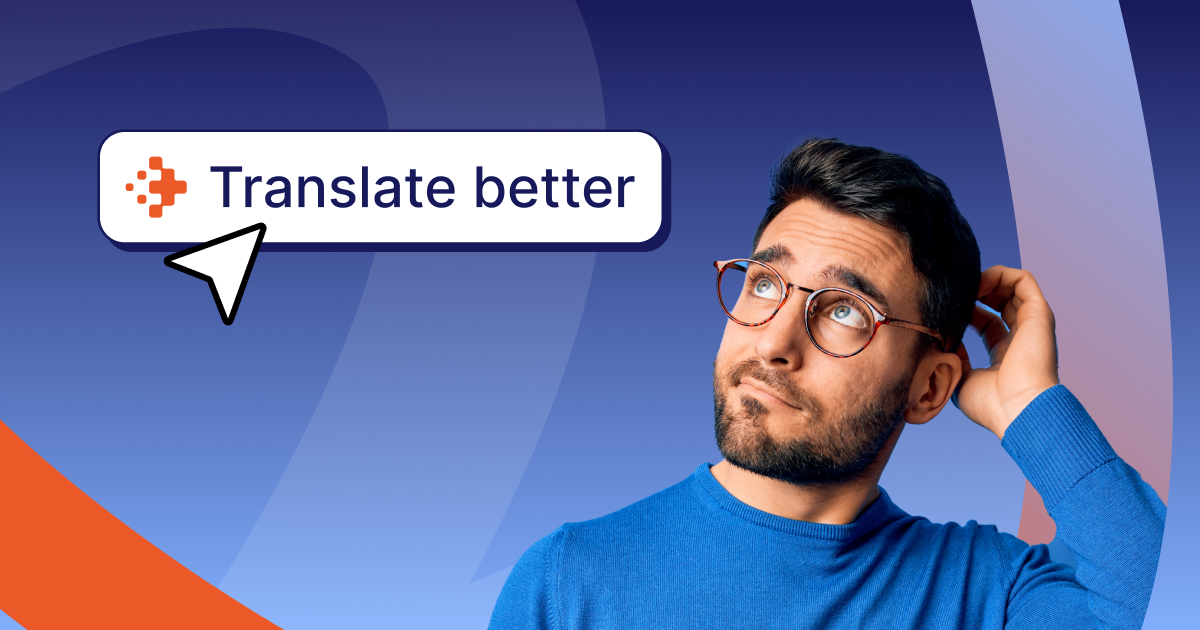In the digital age, customers expect and demand more of the brands they purchase from than ever before. A study from Netomi found that 65% of people have higher expectations for customer service than they did three to five years ago, while Khoros research revealed customer service is the most important factor for 83% of customers when deciding what to buy.
What qualities contribute to a good customer experience? Per the same Netomi study, the answer is simple: speed. Customers want their problems addressed quickly, with 61% of consumers considering speed of resolution to be the most important aspect of high quality customer service. Unsurprisingly, then, the biggest source of frustration for customers when interacting with brands is waiting: nearly half (44%) of consumers report waiting for a response as being a major source of frustration.
With expectations like these, it’s no surprise that brands across industries are turning to conversational AI tactics such as chatbots to up their customer service game. But for those who haven’t made the leap to implementing a chatbot yet, it’s important to understand exactly what benefits of conversational AI to expect when setting up a chatbot on your site. Here are the top ways that chatbots improve the customer experience.
Chatbot Benefit #1: Availability
No matter how good an agent is at their job, the fact is that they’re still human; they need to take breaks, sleep, take time off work, and go on vacation. Chatbots, however, don’t need to do any of those things, enabling brands to deploy them for support around the clock. For brands whose operating hours don’t follow the traditional 9-to-5 (e.g., eCommerce storefronts) as well as those in industries where customers often need immediate information (e.g., travel, banking), having a chatbot that can address questions and resolve incidents regardless of the hour is especially advantageous.
When it comes to the availability of a chatbot, 24/7 service isn’t the only advantage. Chatbots, unlike humans, can carry on multiple conversations at once. As a result, they don’t need to impose wait times on customers, thereby alleviating the common customer frustration of waiting too long for a response.
Chatbot Benefit #2: Customizable
The questions that a sales or customer service agent frequently answer can vary greatly depending on the industry of the company that they represent. Chatbots should be the same. Companies with products available for purchase online can configure their chatbots to provide prompts and answers related to common categories of inquiry, such as order status, returns and exchanges, and shipment tracking. Meanwhile, a chatbot on a travel company’s website may focus its dialogue options on booking changes or cancellations, airline credits, or the status of a refund.
Not only can chatbots be customized by industry, they can also be customized by role. With just one or two questions, a chatbot can easily determine if a website visitor is a prospect interested in evaluating or purchasing the product/solution, a current customer in need of support, or a candidate seeking to apply for a job. Once the site visitor self-identifies, the chatbot then has the information it needs to trigger the appropriate next step, whether that involves asking follow-up questions, notifying someone internally, or starting a live chat with an agent.
Chatbot Benefit #3: Optimize Agent Time and Satisfaction
Customer service agents have a lot on their plates. Managing a high volume of incoming calls, tickets, and other requests can result in significant amounts of stress. In fact, research from Cornell University found that nearly 9 in 10 (87%) of call center workers report high or very high levels of stress associated with the workplace. As a result, it’s not surprising that the average tenure of a customer service representative is fairly short, at just over one year.
In order to both improve the agent working experience and reduce costly attrition rates, brands must find strategies to alleviate stress in their contact centers, and chatbots are one such way to accomplish this.
Because chatbots can be customized to address and resolve common, easy-to-answer questions, this leads to a significant reduction in incoming requests requiring agent attention and time. Agents can instead focus their efforts on the most pressing customer concerns—those that require a more personalized, human touch, and are often far more fulfilling.
Chatbot Benefit #4: Multilingual Customer Support
Brands with a global customer base need to provide the same level of top-tier support that they provide to their English-speaking customers to those who speak other languages. This is especially true as non-English speaking consumers increasingly expect brands to provide customer support in their own language. But hiring and retaining a multilingual customer support team is a common challenge for global brands. Not only have talent shortages made it more difficult for organizations to find the right candidates, but staffing a team of bi- or trilingual agents is expensive, and requires a significant time investment during the hiring and training processes.
This is where multilingual chatbots play a major role in increasing customer satisfaction and cutting global support costs. If chatbots can provide 24/7 support, be customized to answer common questions, and alleviate the stress and burnout associated with contact center work, then multilingual chatbots can also accomplish all of this—in any language.
Improve Your Customer Experience with Chatbots
The data is clear: chatbots play a significant role in increasing customer and agent satisfaction. They decrease wait times, provide answers 24/7, take repetitive tasks off agents’ plates, and can be deployed in any language to enhance overall global customer support.
Want to learn more about how to deploy a multilingual chatbot? Contact Language I/O or request a demo to see how you can take your chatbot from mono- to multilingual.


